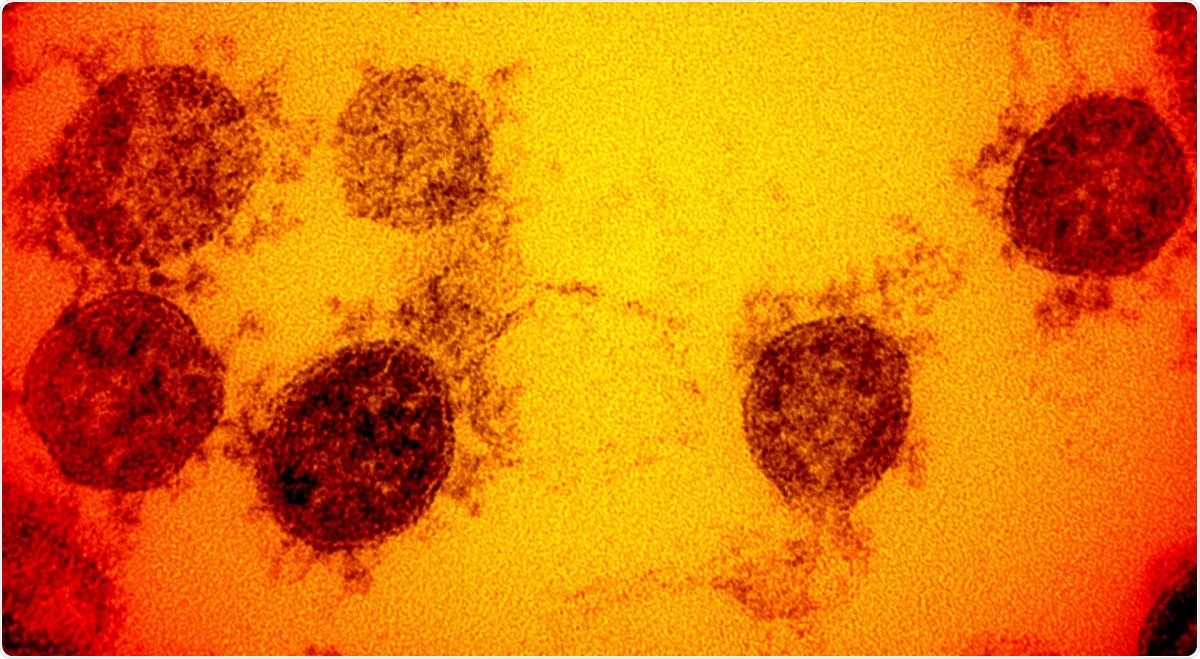From public health to the economy, the coronavirus disease 2019 (COVID-19) pandemic has had a profound impact in nearly all spheres of life. This disease, caused by the severe acute respiratory syndrome coronavirus 2 (SARS-CoV-2) pathogen, has claimed over 2.7 million lives so far. Coupled with sickness and mortality issues, the lockdown measures, social distancing and isolation have impacted the mental health of people everywhere.
Anxiety, confusion and fear have taken a toll on the mental health of many people worldwide. To combat this, researchers exploited some naturally occurring antiviral and brain-boosting compounds that may provide new insight.
A team of scientists, from the University of Kashmir, India; Rutgers University, USA; and Prince of Songkla University, Thailand, reviewed the nanoencapsulation approaches of synergistic compounds (Lectins, Caffeine, Cocoa, Flavonoids, Quercetin) and the role of nanotechnology in addressing the COVID-19 pandemic. They discussed the dual action of such compounds for their brain-boosting benefits and antiviral activities. This review was published recently in the International Journal of Biological Macromolecules.

Currently, there are no targeted and safe therapeutic alternatives for COVID-19, exploring the brain-boosting compounds, possibly augmented with antiviral activities, is a prospective research approach. The reviewers here discussed some compounds, derived naturally, like quercitin, caffeine, lectins from banana (Banlec) and cocoa flavonoids. They summarized the natural compounds with their antiviral and brain-boosting properties in this review.
Previously, it has been reported that the COVID-19 situation triggered various mental issues like difficulty in sleep, social media distress and paranoia of acquiring this viral infection; 80% of the participants in the study needed mental healthcare. This state of mind may also result in oxidative stress and loss of immunity, aggravating other symptoms.
Quercitin might prevent the neurons from apoptosis (programmed cell death) and oxidative stress. While caffeine and lectin might provide anti-depressant effects, cocoa flavonoids act as a neuro-protectant.
These suggested compounds are reported to also have antiviral activities. Quercitin has inhibitory action against SARS and MERS, two closely-related pathogens to SARS-CoV-2. Caffeine has antiviral activity against human immunodeficiency virus type I (HIV-1), lectin against influenza virus and the flavonoids can inhibit the fusion of viral membrane with that of the lysosome.
The emerging field of nanotechnology has made a significant impact on the target delivery of nutraceuticals and therapeutics.”
For effective delivery of these compounds to the target sites, nanoencapsulation is a novel tool. It has been established that nanotechnology’s application enhances the thermal stability, oral bioavailability and water solubility of the drug. Nanoencapsulation may confer benefits to the drug by modifying the pharmacologically active part of these compounds.
The engineered nanoparticles possess high surface to volume ratio, good absorption properties and many bioactive components including resveratrol, curcumin, polyphenols, genistein, lycopene, anthocyanins and quercetin have been subjected to nanoencapsulation to combat the poor water solubility, low oral bioavailability and low taste profiles.”
Lots of synthesis methods and techniques are available for the nanoencapsulation process. For example, nanotransporters like yeast cells, nanogels, nanofibres and nanosponges are fabricated from polysaccharides and lipids to be employed for nanoencapsulation. Starch nanocomposites and chitosan-coated liposomes, superparamagnetic iron oxide nanoparticles, alginate microparticles and gold nanoparticles are some of the possible nanocarriers. The reviewers recommend the suitable nanoencapsulation approach for each of the compounds discussed here in the review.
The reviewers discussed the issues in drug delivery and how nanotechnological based approaches may help overcome them. For example, they discussed the mechanism of action of an antiviral vaccine named, Nuvec®, which are silica-nanoparticles surface-functionalized with polyethylenimine for carrying nucleic acids. An ideal delivery system for vaccines and medicines, these nanoparticles protect the cargo from nucleic acid enzymes and do not cause any inflammatory response.
Theranostic nanoparticles, classified as inorganic, organic and virus-like self-assembling protein nanoparticles, are excellent tools in the application of nanotechnology to combat COVID-19. Also, the quantum dots (the semiconductor nanomaterials) ranging from 1 to 10 nm with tunable optical wavelength, are novel imaging probes.
The researchers report that owing to their nano size and shape, the quantum dots penetrate the SARS-CoV-2 with sizes ranging from 60 and 140 nm, and the quantum dots also sequester the S protein of SARS-CoV-2 due to their positive surface charge. It can also interact with the negative RNA strand of the virus, creating reactive oxygen species within SARS-CoV-2.
It is established that the nanoparticles can deliver a range of antiviral moieties and target both the adaptive as well as the innate immune system. With nano-dimensions, high surface-to-volume ratio, flexibility and option of administration via alternative routes, the potential of nanotechnology in fighting COVID-19 has not only been realized in the context of developing a nano-vaccine, but by delivering the nano-based antiviral agents, the reviewers explain.
This review has summed up some of the brain-boosting as well as antiviral compounds and highlighted the nano-encapsulating of these synergistic compounds; this may pave a way in strategizing the formulation of therapeutics for combating the adverse conditions of COVID-19.






















